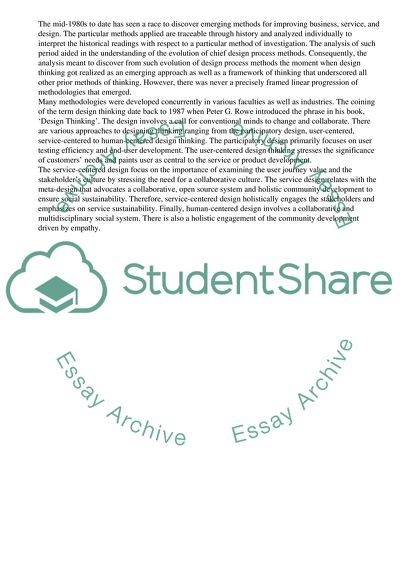Cite this document
(Goals, Problems and Core Elements of the Design Thinking Assignment - 1, n.d.)
Goals, Problems and Core Elements of the Design Thinking Assignment - 1. Retrieved from https://studentshare.org/management/1691600-design-thinking
Goals, Problems and Core Elements of the Design Thinking Assignment - 1. Retrieved from https://studentshare.org/management/1691600-design-thinking
(Goals, Problems and Core Elements of the Design Thinking Assignment - 1)
Goals, Problems and Core Elements of the Design Thinking Assignment - 1. https://studentshare.org/management/1691600-design-thinking.
Goals, Problems and Core Elements of the Design Thinking Assignment - 1. https://studentshare.org/management/1691600-design-thinking.
“Goals, Problems and Core Elements of the Design Thinking Assignment - 1”, n.d. https://studentshare.org/management/1691600-design-thinking.


